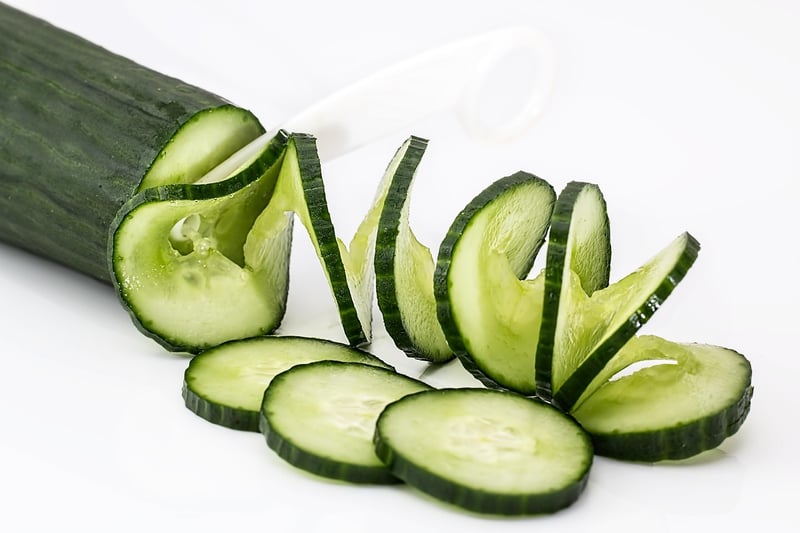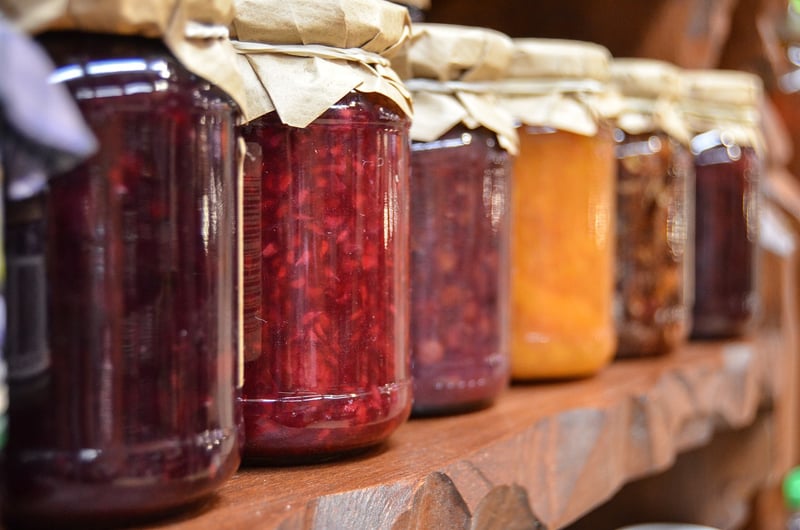Food Preservation Methods
The Science Behind Flavors and Food Preservation Methods
Understanding Flavors
Flavors are a combination of taste and aroma that create a sensory experience when we eat. The five basic tastes are sweet, sour, salty, bitter, and umami. However, the complexity of flavors goes beyond these basic tastes and involves a combination of factors such as smell, texture, temperature, and even our personal memories and experiences.
The Role of Chemistry
Chemistry plays a crucial role in creating flavors. For example, when food is cooked, the Maillard reaction occurs, resulting in the browning of food and the development of complex flavors. Additionally, volatile organic compounds (VOCs) released during cooking contribute to the aroma of food.
Food Preservation Methods
Preserving food is essential to prevent spoilage and extend its shelf life. There are various methods of food preservation, each designed to inhibit the growth of microorganisms and slow down the oxidation of fats that cause food to go rancid.
Common Food Preservation Methods:
- Canning: Involves sealing food in airtight containers and heat processing to destroy microorganisms.
- Freezing: Slows down the growth of bacteria and enzymes that cause food to spoil.
- Drying: Removes moisture from food, inhibiting the growth of bacteria and mold.
- Salting: Draws out moisture from food, creating an environment where bacteria cannot thrive.
- Pickling: Uses acidic solutions like vinegar to preserve food by creating an inhospitable environment for bacteria.
Conclusion
By understanding the science behind flavors and food preservation methods, we can appreciate the complexity of the foods we eat and ensure their longevity. Whether it's the chemistry behind flavor development or the techniques used to preserve food, science plays a crucial role in enhancing our culinary experiences.


